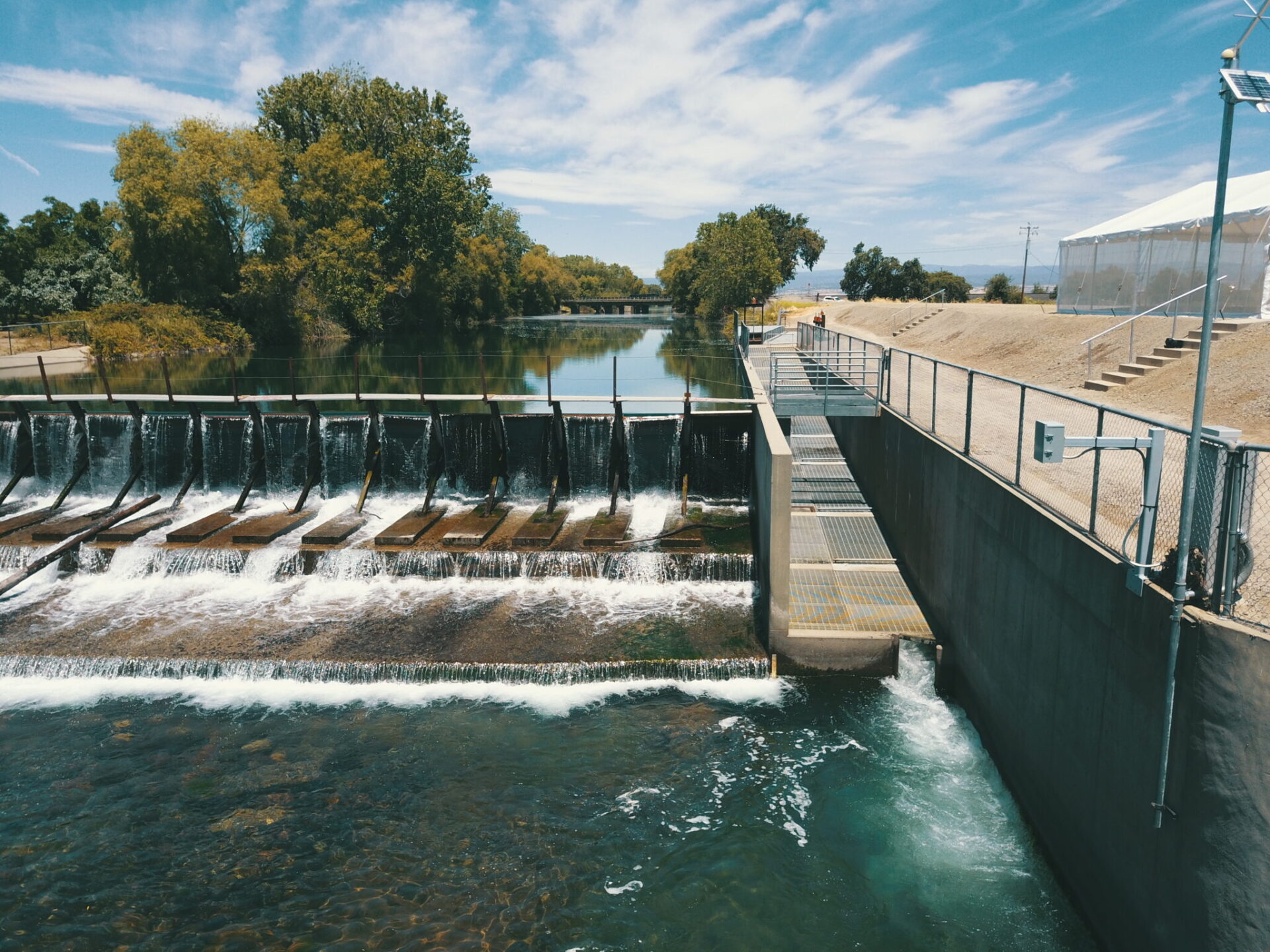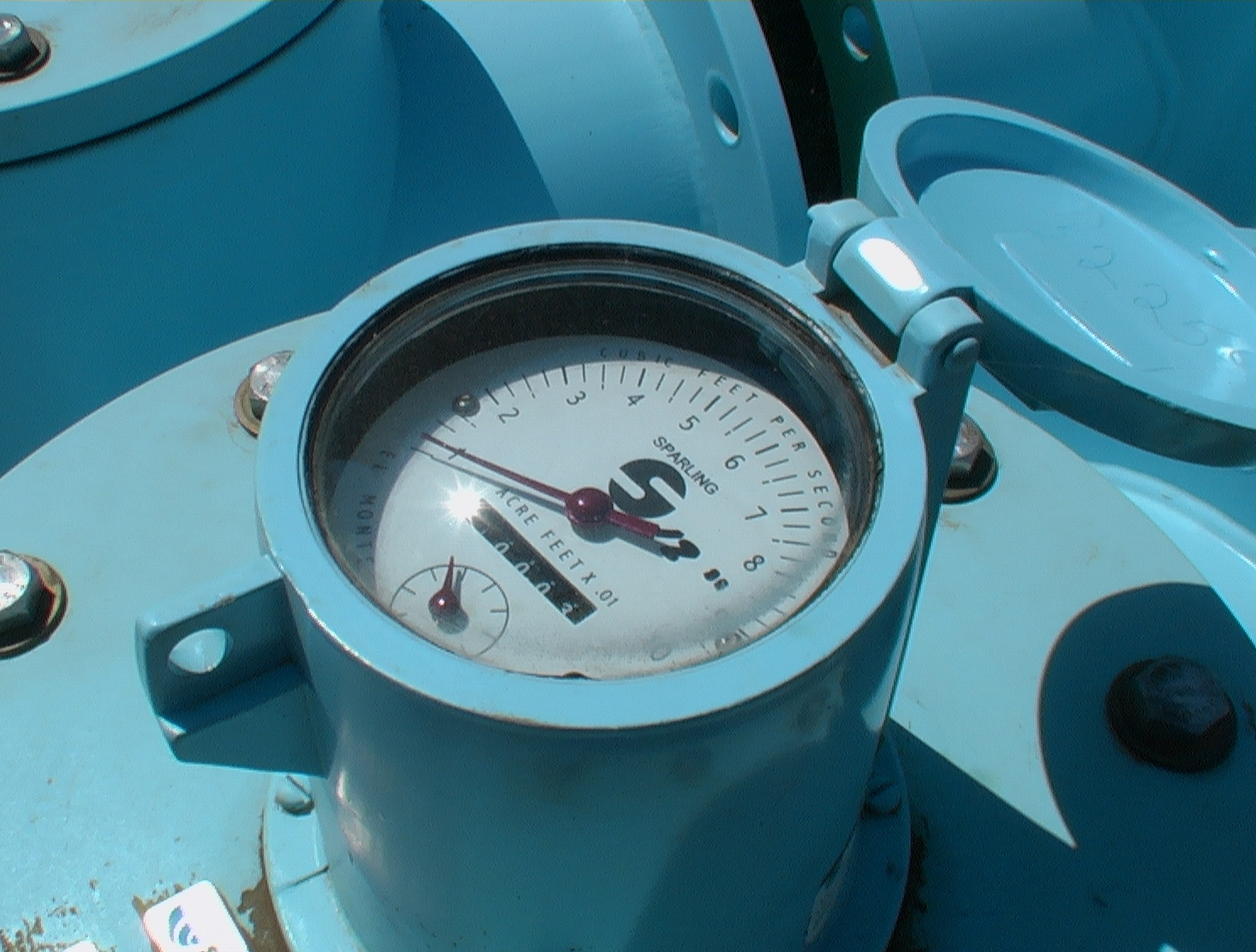
The Biden-Harris Administration has stated that one of its key goals is to address our country’s failing infrastructure. As Californians who have dealt with water issues for decades, we are all keenly aware that infrastructure is much more than roads and bridges; it is also the aging water infrastructure that is necessary to provide fresh water to all Californians, farms, cities, rural communities, and the environment.
Recognizing the opportunity at hand, a group of more than 200 agricultural organizations and urban and rural water districts have reached out not only to the new Administration but to Congressional leadership as well, working to ensure that western water projects are given appropriate consideration for any COVID-19 stimulus package or infrastructure legislation.
Our nation clearly needs a stable domestic food supply that both nourishes Americans and safeguards national security. Food security is an issue everyone should be taking more seriously. We cannot wait until the supermarket shelves are empty to take action to protect our ability to feed ourselves and much of the world.
A Need for Federal Aid
In order to maintain a healthy, affordable national food supply as well as clean water for our communities, federal investment is necessary in essential water infrastructure including water conservation, water recycling, watershed management, conveyance, desalination, water transfers, groundwater storage and surface storage.
The effort, led by Western Growers, the California Farm Bureau Federation, Family Farm Alliance and the National Water Resources Association, included a number of specific recommendations.
Top among those recommendations is environmentally and hydrologically sound investments in new water storage— both surface water and groundwater—in order to adapt to a changing hydrology and develop usable and sustainable supplies to meet growing demands for water. Water storage projects should be geared to local circumstances and needs.
In some cases, storage projects will be above ground; in others, they will be below ground. Additionally, some will have traditional construction using American steel and concrete, while others will be ‘green’ natural infrastructure projects − all dependent on the wide variety of local needs in place across the West.
Funding for storage will also help address climate change risks.
New funding will be needed to kick-start new water recycling, reuse and desalination projects currently being studied or that are ready for construction.
Programs that fund water conservation and management improvements, fish passage and recovery, and habitat restoration − all in support of water project operations in the Reclamation states of the West that are in need of additional funding to accelerate construction of this “ready-to-go” infrastructure.
Additionally, in order to respond to current and future water shortages, Congress must also encourage federal agencies to implement a more cooperative approach toward achieving multiple goals under existing environmental laws and regulations.
Download the letter at http://bit.ly/2MyrmzD.
And the plan laid out by these organizations would accomplish several Administration goals at once:
It boldly addresses aging infrastructure that so desperately requires attention and impacts the lives of all California users from the largest city to the smallest town to the farms our country relies on for a safe, healthy food supply.
It will help our economy recover from the pandemic not only by pumping dollars and jobs into the system, but it will also help ensure delivery of clean water to all Californians, without which the economy cannot move into full gear.
Many of the steps suggested in the letter, such as increased water storage, groundwater recharge and habitat restoration, help us combat climate change.
It offers immediate progress on all fronts.
If the new Administration truly is committed to all of these goals, there is a clear path forward, and the time to begin is now.
















